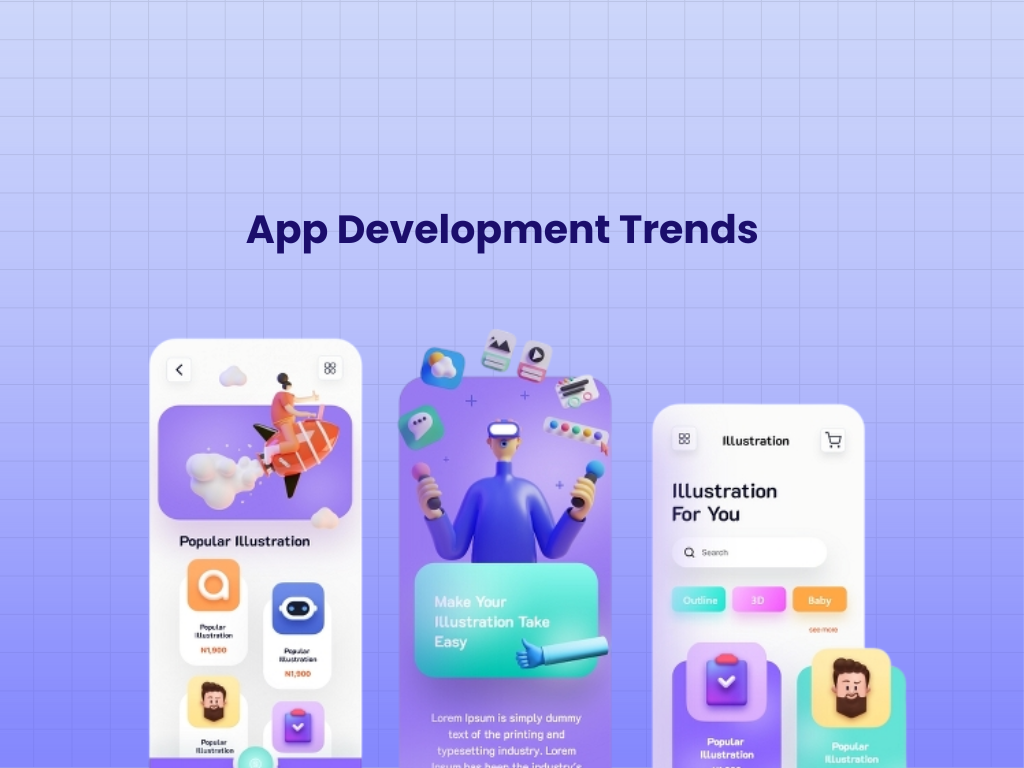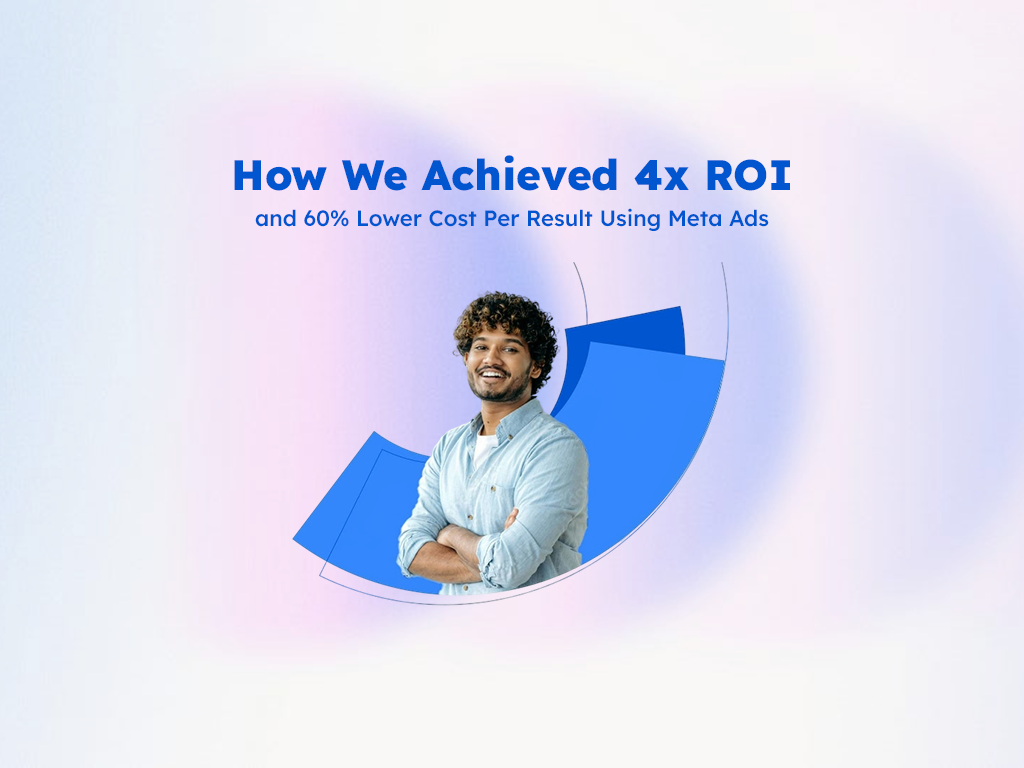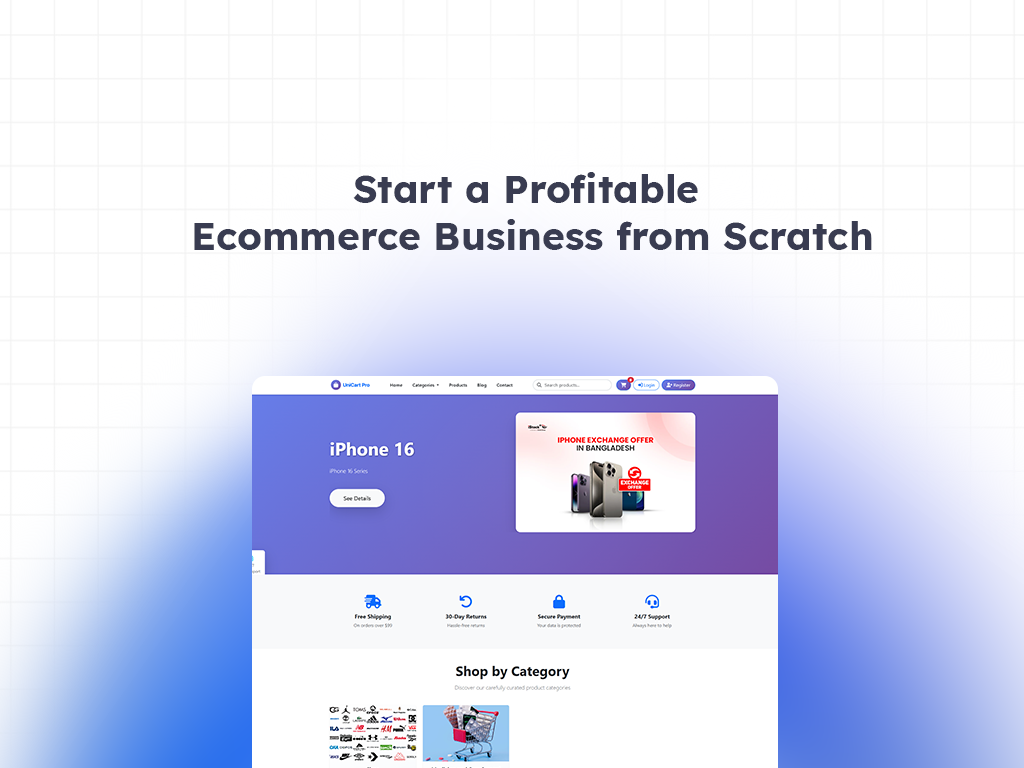In 2010, mobile apps were simple. A few buttons, a login page, and maybe a leaderboard if you were feeling ambitious. Fast-forward to 2025, and our phones have become extensions of our personalities tools that understand us, predict our needs, and even talk back.
But behind every intuitive swipe and smooth animation lies a rapidly changing world of app development. The year 2025 is proving to be a milestone not just for innovation’s sake, but for how deeply technology is blending with human experience.
Let’s take a look at the mobile app trends shaping that future and what they mean for developers, businesses, and users like us.
1. 5G Isn’t Just Speed — It’s Possibility
When 4G launched, it gave us Netflix and Uber.
Now, 5G is rewriting the rules again.
Developers are no longer held back by bandwidth. Think of AR shopping apps that stream 3D models in real time, multiplayer games that feel console-grade, or telemedicine platforms where doctors diagnose through live 4K video.
In 2025, 5G isn’t just about faster downloads. It’s about building apps that react instantly apps that feel alive.
2. The Age of Intelligent Apps: AI Is the New Default
Once upon a time, AI was a “feature.” In 2025, it’s the foundation.
Whether it’s Spotify predicting your mood before you hit play, or a banking app reminding you gently that you’ve overspent, machine learning is weaving empathy into software.
Developers now build apps that learn from users instead of dictating behavior. AI-driven personalization, predictive UX, and real-time adaptation are no longer futuristic buzzwords they’re expectations.
And with generative AI models now integrated directly into app logic, even the smallest startup can offer an experience that feels handcrafted for every user.
3. AR & VR: From Gimmick to Everyday Utility
Remember when AR filters were just for selfies? Those days are gone.
In 2025, AR and VR have matured into something genuinely useful. Fashion retailers let customers “try on” clothes virtually. Real estate apps let you walk through properties in Dhaka or Dubai without leaving your couch. Even schools are adopting mixed-reality environments for immersive lessons.
As hardware improves and 5G removes lag, AR/VR is no longer about showing off technology it’s about making digital experiences tangible.
4. Cross-Platform & Low-Code Revolution
In 2025, one truth dominates: speed wins.
Startups no longer spend months rewriting the same app for iOS and Android. Frameworks like Flutter and React Native allow developers to launch cross-platform apps that look and perform like native builds in half the time.
Meanwhile, the low-code and no-code movement is empowering non-engineers to build prototypes, internal tools, or even customer-facing apps without ever touching a compiler.
This democratization of development is shifting the market: innovation isn’t limited to those who can code it’s open to anyone with an idea.
5. Security & Privacy Take Center Stage
“Can I trust this app?”
That’s the question every user silently asks.
With more personal data flowing through apps from biometrics to payment details privacy has become a competitive advantage.
In 2025, leading apps follow Privacy by Design principles. They encrypt data at rest and in transit, use biometric logins instead of passwords, and tell users exactly how their information is used.
As global regulations like GDPR and the Digital Markets Act tighten, transparency is no longer optional. It’s the new currency of trust.
6. IoT & Wearables: The Ecosystem Era
Your phone is no longer the star it’s the hub.
From your smartwatch to your car’s infotainment system, everything now connects through apps. In 2025, IoT integration isn’t a “nice-to-have”; it’s a business essential.
Fitness apps track real-time biometrics. Smart home apps learn your patterns and adjust lighting before you notice the sunset. Logistics apps sync directly with vehicle sensors to predict maintenance needs.
This ecosystem thinking is what defines modern app design: every device, one seamless user experience.
7. Voice & Gesture Interfaces: Touch Is Optional
Voice interfaces have quietly become mainstream. Ask Alexa to dim your lights, tell Siri to set your alarm, or have Google Assistant read your messages and you’ll see how natural this has become.
In 2025, developers are going further. Voice is merging with gesture, gaze, and haptic feedback to create multimodal interaction apps that feel human to use.
Accessibility, too, is improving. Voice-first design helps visually impaired users engage freely. The more natural the interface, the broader the audience an app can reach.
8. PWAs & Foldables: Flexibility Is the Future
Not every user wants to download another 200-MB app. That’s where Progressive Web Apps (PWAs) shine lightning-fast, install-light, and able to work offline.
And with the rise of foldable devices, adaptive UIs are becoming a necessity. Developers now design apps that morph from phone to tablet layouts seamlessly.
The message is clear: the future belongs to apps that adapt not apps that demand.
9. Sustainable Coding & Green UX
In 2025, sustainability has entered software.
Energy-efficient coding, lightweight design, and minimal server calls aren’t just cost-saving tactics — they’re environmental statements.
Brands that champion “green apps” gain loyal users who appreciate conscious design. In a world where every digital action has a carbon cost, efficient apps aren’t just smarter they’re responsible.
10. Blockchain & Edge Computing: Decentralized Everything
Decentralization isn’t a trend it’s a movement.
Apps are increasingly integrating blockchain for secure payments, transparent contracts, and decentralized identity. Meanwhile, edge computing allows data to be processed locally, reducing latency and reliance on cloud servers.
For industries like fintech, health, and logistics, this means faster, safer, and more independent apps built to operate even when the internet doesn’t.
Final Thoughts: Building for Humans, Not Devices
As we stand at the crossroads of technology and humanity, one thing is clear the best apps of 2025 won’t just use technology; they’ll understand people.
The winners in this new era will be those who design with empathy, code with ethics, and innovate with intention.
Because the future of app development isn’t about the apps themselves.
It’s about how seamlessly they fit into our lives so much so, we stop noticing the technology altogether.


